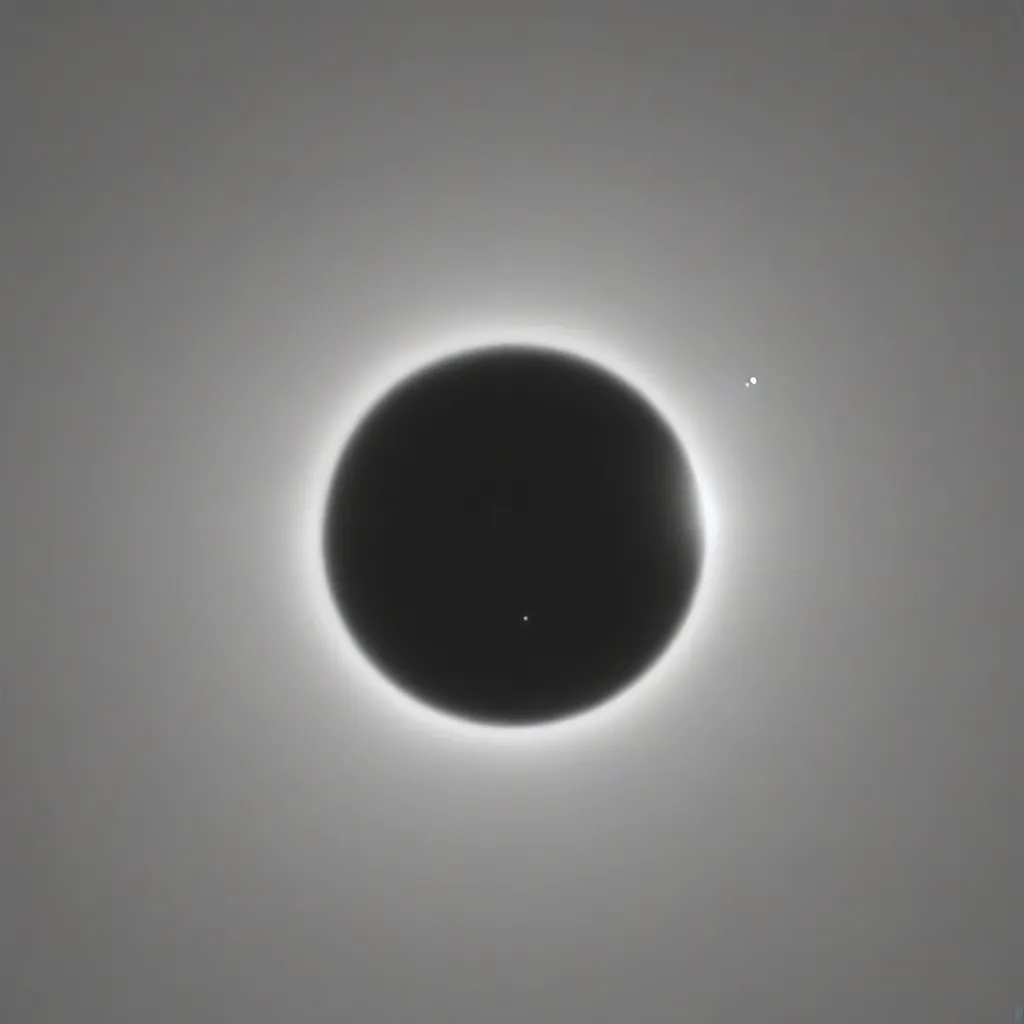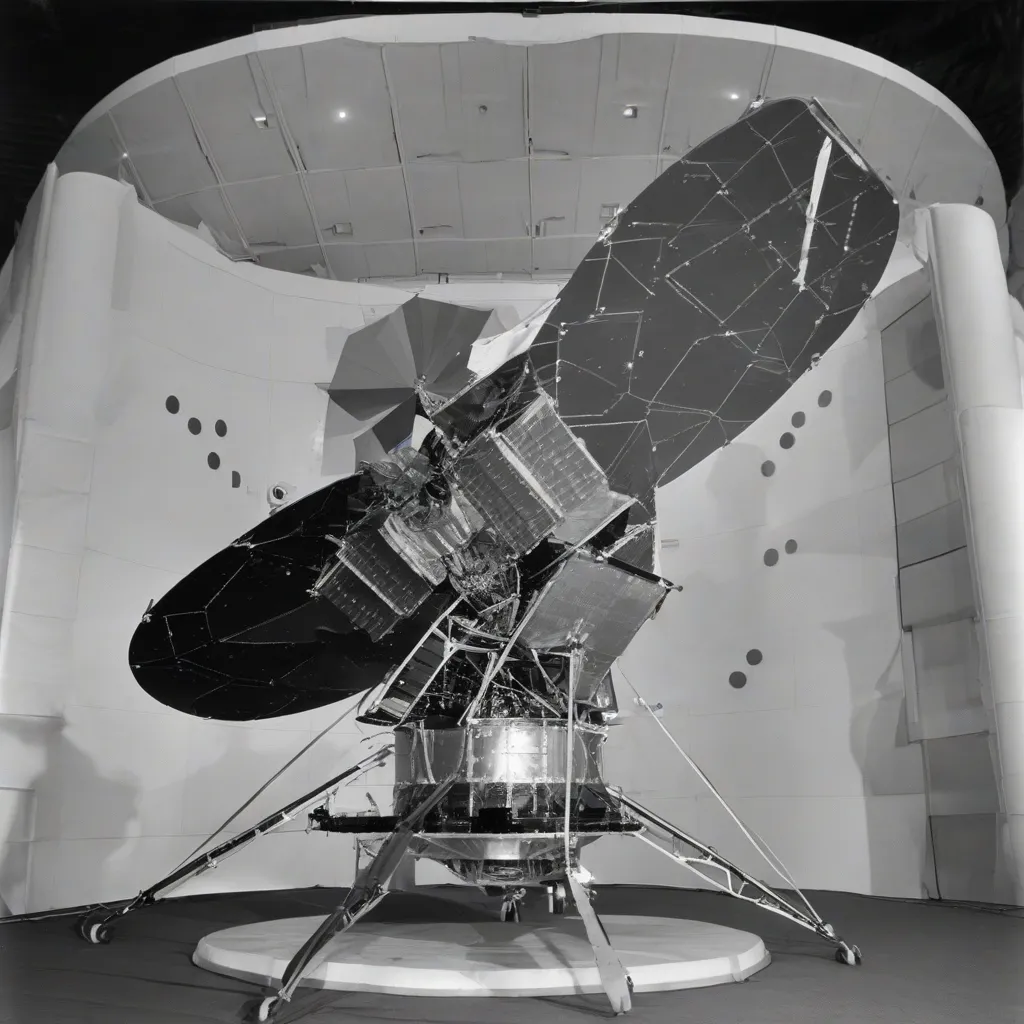Have you ever gazed up at the night sky and wondered about the secrets held by those twinkling points of light? The vastness of space has always captivated humanity, igniting a desire to explore the unknown. And while interstellar travel remains a distant dream, understanding the challenges of reaching even our closest celestial neighbors can be a fascinating journey in itself. Today, we’re focusing on the swift planet Mercury – the closest planet to the sun. How long does it take to reach this scorching world? Buckle up, space cadets, because the answer, like space travel itself, is not so simple.
The Time Traveler’s Dilemma: No Direct Flights to Mercury
Unlike booking a flight from New York to Paris, there’s no direct route to Mercury. The journey’s duration depends on a multitude of factors, including:
- Planetary Alignment: Just like waiting for a sale at your favorite travel agency, timing is everything. The positions of Earth and Mercury in their respective orbits constantly shift, meaning the distance between them varies greatly.
- Technology: A slower spacecraft will obviously take longer. Missions like NASA’s Mariner 10 and MESSENGER utilized gravity assists from other planets to slingshot towards Mercury, shortening the trip but adding complexity.
- Trajectory: It’s not just about speed but efficiency. A direct path might seem fastest, but using the gravitational pull of other celestial bodies can save fuel and time in the long run, much like choosing a scenic route on a road trip.
Past Missions: A Glimpse into Mercury’s Timeline
To give you an idea, let’s look at some historical examples:
- Mariner 10 (1973): This pioneering mission took about five months to reach Mercury. It utilized a gravity assist from Venus, showcasing the strategic dance between celestial mechanics and human ingenuity.
- MESSENGER (2004): This ambitious mission took over six and a half years to achieve orbit around Mercury. However, this included intricate flybys of Earth, Venus (twice!), and Mercury itself to fine-tune its trajectory.
Planning Your Hypothetical Trip: What to Pack for a Mercurial Adventure
While we don’t have space travel brochures just yet, imagining a future trip to Mercury can be fun! Here’s what you might need to consider:
1. Packing Essentials:
- Sunscreen: With surface temperatures reaching a scorching 800 degrees Fahrenheit (430 degrees Celsius), you’ll need some heavy-duty SPF!
- Timepiece: A Mercury solar day (sunrise to sunrise) is a whopping 176 Earth days long. Talk about a long day at the beach!
- Gravity Suit: At only 38% of Earth’s gravity, you’ll be feeling lighter than usual. Time to practice those moonwalk moves!
2. Itinerary:
- Caloris Basin: This colossal impact crater is one of the largest in the solar system. Imagine the stories those walls could tell!
- Kuiper Crater: Named after astronomer Gerard Kuiper, this crater is a testament to the enduring human fascination with the cosmos.
- Adventure Gear: Mercury has cliffs that dwarf Mount Everest! Pack your climbing gear, but remember, safety first!
FAQs: Your Burning Mercury Questions Answered
- Q: What’s the shortest possible travel time to Mercury?
- A: Theoretically, with advanced propulsion systems, a direct trip could take a few weeks. However, this remains in the realm of science fiction for now.
- Q: Why is Mercury so hard to reach?
- A: It’s all about the Sun’s gravity. Imagine trying to throw a paper airplane against a strong wind – that’s the challenge spacecraft face when approaching Mercury.
The Allure of the Unknown: A Journey Beyond Time
While a trip to Mercury might not be on your immediate travel itinerary, understanding the intricacies of space travel can be a journey in itself. It reminds us of the incredible scale of the universe and the boundless capacity of human curiosity. So, the next time you gaze upon the stars, remember that every point of light holds a story, a journey waiting to be explored.
 Mercury Transit
Mercury Transit
 Mariner 10 Spacecraft
Mariner 10 Spacecraft
Perhaps one day, with technological advancements and a little cosmic luck, we’ll be booking our tickets to Mercury, eager to uncover the mysteries of this swift and enigmatic planet.
For now, continue to explore the wonders of the universe with us here at TRAVELCAR.edu.vn. Share your thoughts, questions, and dreams of space exploration in the comments below! Who knows, maybe your comment will inspire the next generation of astronauts!

